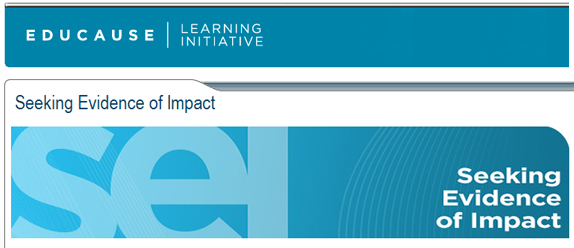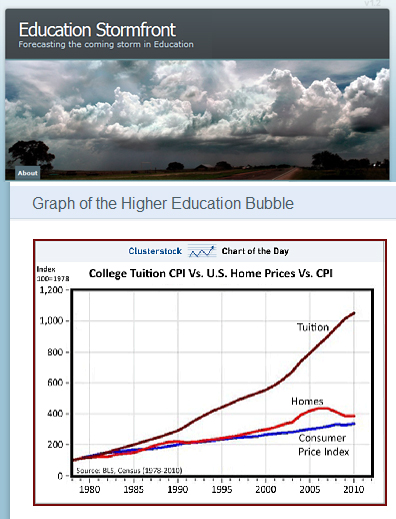BlackBerry crumble: Why RIM is in trouble — from cnn.com

With that in mind, some worry that there are eerie similarities between Research in Motion and Palm, the once-hot smartphone maker that failed to keep up with Apple, Research in Motion and others.
After Palm’s Pre phone flopped, the company’s stock took a nasty dive and some feared that it may not have enough cash to make it for the long-term. Hewlett-Packard finally stepped in and agreed to buy the company earlier this year, however.
Chris Bulkey, an analyst with Technology Research Group in Narberth, Pa., said Research in Motion could suffer the same fate. For now, the company’s sales and profits are still growing, but the pace is slowing.
And without a hot product on the horizon, Bulkey, who has a “sell” rating on the stock, said it’s hard to envision a bright future for Research in Motion.
“Research in Motion sells a commoditized product. There is margin pressure and the revenue growth is weak,” Bulkey said. “Over the long-term, they may need someone to bail them out like HP did with Palm if they see value in the technology.”
From DSC:
Along these lines…I recently received a call from a colleague who mentioned that Novell has recently been pushing their new videoconferencing product…hmmm…WAAAAAYYY too late to the game in my opinion. Here is a company who could have dominated the web-based videoconferencing and collaboration space — had they been able to innovate better and to think just a tad outside their normal LAN box.
If what we are offering in higher ed is a commodity…we had better look out! Times ahead will be very rough indeed. That’s why I have been preaching innovation, change, the dangers of the status quo, planning for the “Forthcoming Walmart of Education” and trying to create a strategy whereby we are not a commodity — as we all must bring something unique and compelling to the table.










